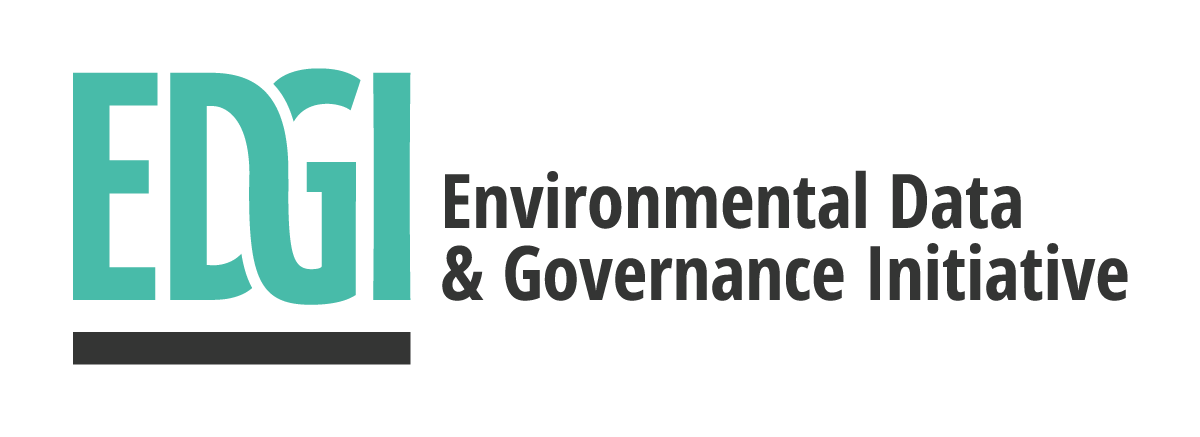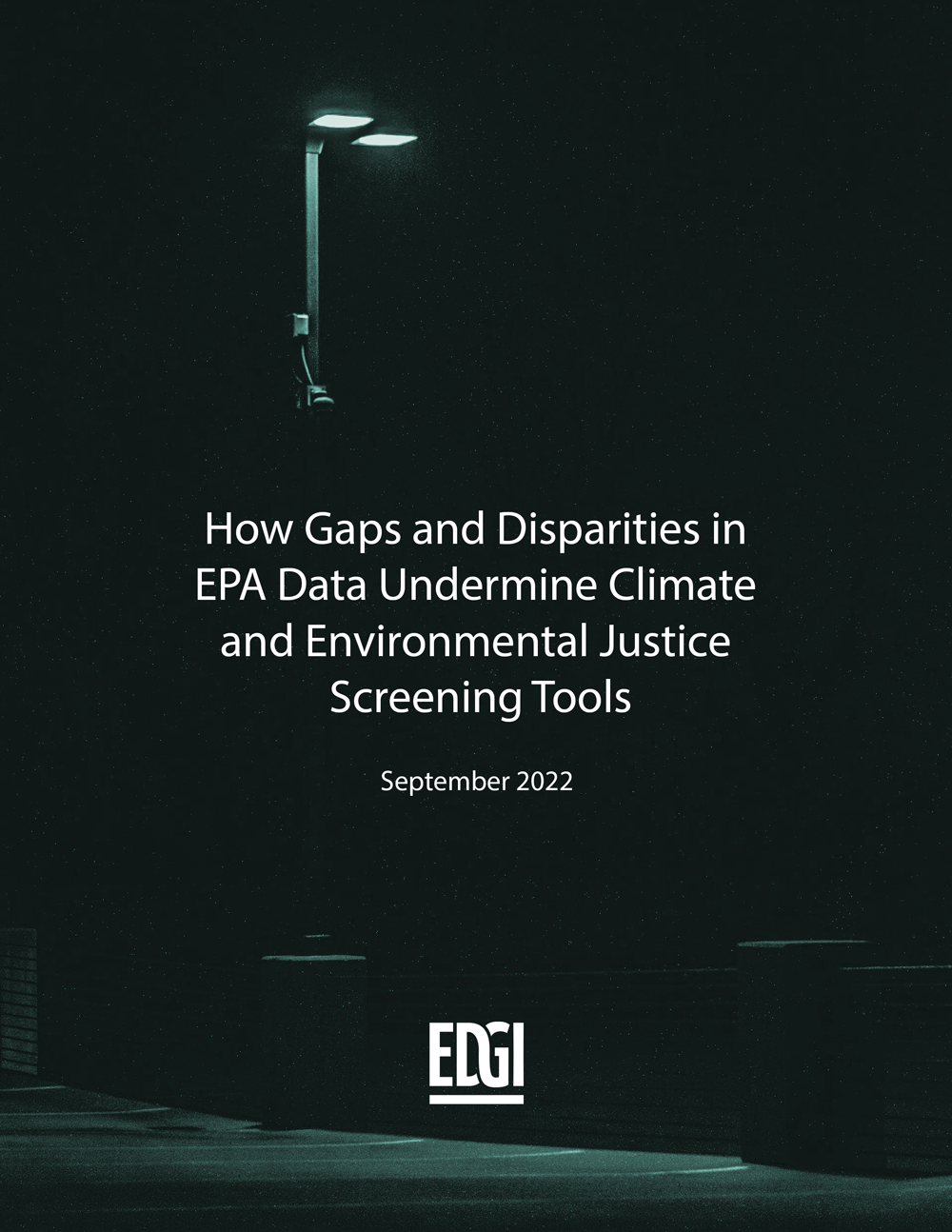Webmaps that are meant to evaluate and “screen” neighborhoods for environmental injustices have seen a lot of interest in both the United States and Canada lately. From informing where to distribute climate funding in the US as “Justice 40” to Canada’s Bill C-226, the pursuit of environmental equity has led to a strongly felt need for data and mapping tools that overlay environmental health with racial and income disparities. Indeed, this approach was even enshrined as law in the recent Inflation Reduction Act, which included Rep. Cori Bush and Sen. Ed Markey’s Environmental Justice Mapping Bill. But maps made with incomplete or inaccurate data can create false impressions with real-world consequences — like reinforcing existing disparities.
EDGI’s research with the Public Interest Technology team from Olin College (PInT) begins to explore gaps and disparities in the data the US Environmental Protection Agency (EPA) uses to track violations and enforce compliance of the Clean Water, Clean Air, Resource Conservation and Recovery, and Safe Drinking Water Acts (CWA, CAA, RCRA, SDWA). We use open and replicable analytical methods to make counts of missing data in these major programs.
Key findings include:
- Over 19,000 facilities regulated under foundational environmental protection laws are missing basic information such as their latitude and longitude. Nearly all — 19,657 out of 19,675 (99.9%) — of these are SDWA-regulated facilities.
- Data needed for basic EJ assessments, such as the percent minority population surrounding a facility or the Census block it resides in, is missing for 14% of the facilities in EPA’s most public-facing database. This increases to 83% of facilities regulated under SDWA.
- Nationally, the typical facility regulated under each of these environmental protection laws is missing:
- 86% of CWA-specific information
- 86% of RCRA-specific information
- 71% of CAA-specific information
- 40% of SDWA-specific information
- Facilities in majority-minority communities have somewhat worse data quality scores than facilities in majority-white communities, for all acts except SDWA.
- Data missingness is substantially worse for facilities in areas already screened by EPA to be of particular concern for environmental injustices and majority-minority areas when looking at Clean Water Act inspections in particular.
- 78% of all facilities regulated under the CWA are missing inspection counts, but only 75% of facilities in majority white areas, rising to 83% of facilities in majority-minority areas.
- Western states including Texas, New Mexico, Colorado, Utah, and Nevada are much worse when it comes to inspection data completeness for facilities in majority-minority communities.
We interpret these findings in light of what EDGI members have dubbed “environmental data justice,” a framework for examining the role of data in environmental justice in terms of “who benefits from data-driven decision-making, what counts as data, and what constitutes data ownership.” We believe that to design accurate and just climate and environmental justice screening programs, public agencies must:
- Conduct and publish analyses of missing data across their programs
- Investigate systematic reasons for missing data
- Establish metrics to reflect improvements in data completeness
It’s important from a community perspective to not delay action on environmental injustices because of missing data and data disparities, but to add improving data completeness as an overall objective for Justice 40 and similar initiatives.
CONTACT: Report authors are available for interview. To set up media interviews or for other inquiries, please contact Kelly Wilkins at kelly.wilkins@envirodatagov.org.

